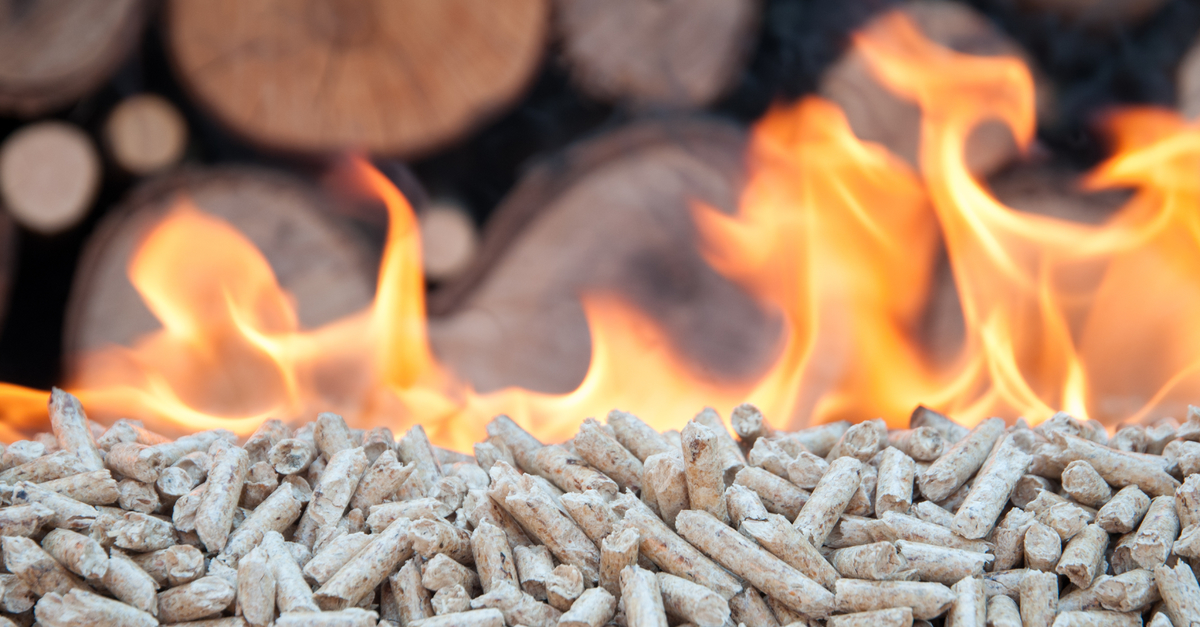One of the many ideas presented at the climate meeting in Bonn, Germany, was that of co-firing biomass and coal in order to potentially decrease CO2 emissions and increase efficiency. Could it be effective? Some say yes, but others aren’t so optimistic.
A Divided Opinion
Some experts believe that if we replaced 5% of the coal we burn today with grasses, wheat, or forest residue, CO2 emissions would decrease by 16%. Other experts say it’s carbon-neutral. On the other hand, according to the Manomet Center for Conservation Sciences, cutting down trees means a bigger impact on greenhouse gas emissions because new trees can’t absorb carbon as fast as older ones. That’s why many environmentalist groups are encouraging the use of wood waste or wood scraps as opposed to cutting down trees.
The Homefront Effort
Here in the United States, some utilities are trying out the co-firing option. Among them are Southern Company, WEC Energy Group, Dominion Resources, and Arizona’s Salt River Project. Others are looking at the option with interest, including St. Louis’s Ameren Corporation.
At this point in time, biomass accounts for approximately 1.5% of the United States’ electricity mix, with about twenty utilities in North America using biomass along with coal or natural gas as a fuel.
Considerations and Future Ideas
One question being raised is the return on investment. Biomass doesn’t have the same heat content as coal, which means that a lot of energy is required in order to produce a viable fuel for electricity production. Currently, carbon emissions may end up being greater than burning coal.
While the idea of co-firing presents challenges, it’s also a promising option for the future. With constantly improving technology and the pressure from international climate agreements to reduce emissions, co-firing is something to be considered.
Interested in more information about co-firing or maintaining your plant? Contact Southern Field today.


